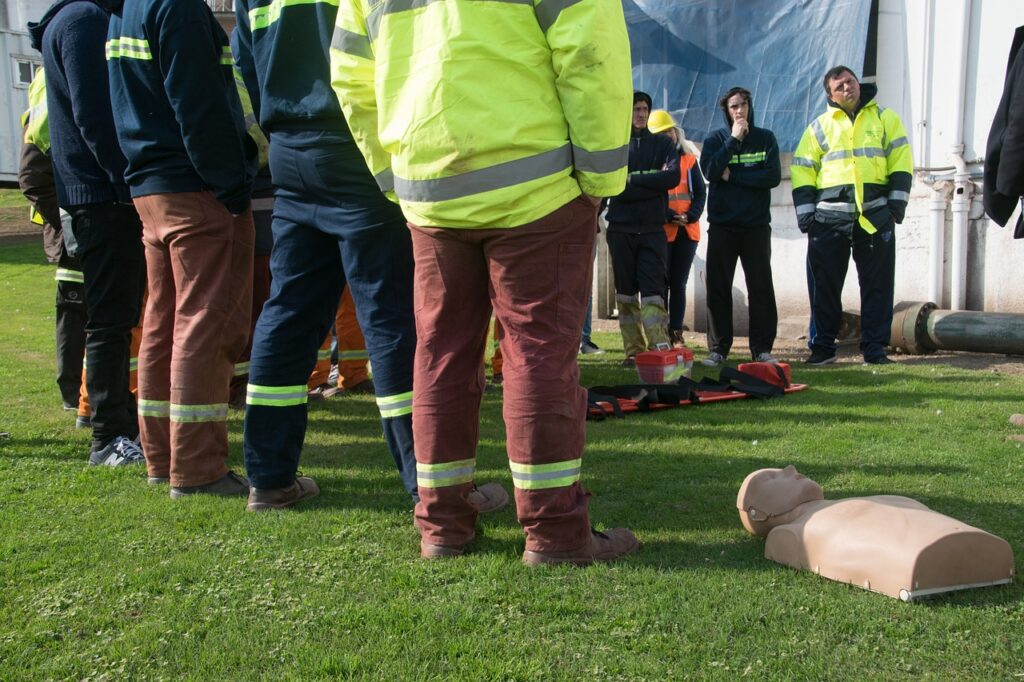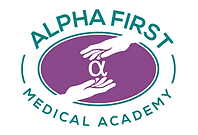
CPR stands for Cardiopulmonary Resuscitation. It’s an emergency procedure that combines chest compressions with artificial ventilation to manually preserve brain function until further measures are taken to restore spontaneous blood circulation and breathing in a person who is in cardiac arrest. CPR can help save lives by keeping blood flowing and providing oxygen to the brain and other vital organs until professional medical help arrives.
Here are the seven steps of CPR:
1. Check the Scene and the Person
Before you start CPR, it’s crucial to check the scene and the person. This step is important for several reasons. First, you need to ensure that the environment around you is safe. If you rush in without looking, you might miss potential dangers like fire, traffic, or electrical hazards. Helping someone should not put your own life at risk.
Once you’ve confirmed the scene is safe, you need to assess the person who may need help. Check if they are conscious or unconscious. If they’re awake and responsive, they might not need CPR, but they could require a different kind of medical assistance. If they’re not responsive, you need to act quickly. Look for signs of life, such as movement, breathing, or coughing. If there are no signs of life, begin CPR immediately after calling for emergency services.
Remember, taking a moment to evaluate both the safety of the scene and the condition of the person can make a significant difference in providing effective aid. It ensures that you’re giving the right kind of help and that emergency services are their way.
2. Call 911
When you encounter a situation where someone may need CPR, calling 911 is a critical step. This call alerts emergency services that there’s an urgent medical situation requiring immediate attention. Emergency operators can dispatch paramedics and other first responders to the scene, who are equipped with advanced life-saving equipment and medications.
While performing CPR can be vital in keeping a person alive, it is a temporary measure designed to circulate blood and provide oxygen to the body until professional help arrives. The sooner you call 911, the sooner the person will receive the full medical care they need. In many cases, the underlying cause of cardiac arrest requires medical intervention that can only be administered by healthcare professionals, such as using a defibrillator to restore the heart’s rhythm or providing advanced airway management.
3. Open the Airway
Opening the airway is a vital step when performing CPR because it ensures that air can flow into and out of the lungs. When a person is unconscious, their muscles relax, and the tongue can fall backward, blocking the passage of air. By tilting the head back and lifting the chin, you move the tongue away from the back of the throat, which opens up the airway. An open airway is essential for effective rescue breathing. If you attempt to give breaths without opening the airway first, the air might not enter the lungs but instead could go to the stomach or be blocked entirely. This would not help oxygenate the blood, which is critical during CPR.
Moreover, if the airway remains blocked, it increases the risk of the person not getting sufficient oxygen to their brain and vital organs. Prolonged lack of oxygen can lead to severe brain damage and decrease the chances of successful resuscitation. Therefore, ensuring the airway is open before performing rescue breaths and chest compressions is crucial in the CPR process.
4. Check for Breathing
Checking the breathing during CPR is a step that cannot be overlooked. You need to lean in close and listen carefully to see if the person is breathing. You should do this for no more than 10 seconds because time is crucial in an emergency.
5. Give Chest Compressions
Giving chest compressions is a part of CPR, and doing them correctly can help save a life. First, place your hands one on top of the other in the middle of the chest. Lace your fingers together to keep your hands in place. Push hard and fast, at least 2 inches deep, and at a rate of 100-120 compressions per minute.
Remember, these chest compressions help pump blood through the heart to the rest of the body. This keeps oxygen flowing to the brain and other vital organs until an ambulance arrives or the person starts to show signs of life.
6. Give Rescue Breaths
Pinch the person’s nose shut with the us of your tuhumb and index finger. This stops air from leaking out. Then take a normal breath-not too deep, like you are about to blow out candles on a birthday cake. Next, place your mouth over the person’s mouth to create a seal so that no air can get out. Now, give a breath for about one second, just enough to make the person’s chest rise, as if they are taking a deep breath.
7. Continue CPR Steps
Keep doing cycles of chest compressions and rescue breaths until medical professionals arrive or the person begins to show signs of life.
Don’t Stop Unless Necessary
Keep doing these cycles without stopping unless one of these things happens:
- Medical help arrives: Once emergency responders get there, they’ll take over.
- The person shows signs of life: If the person starts to breathe normally, cough, or move, you can stop CPR. But if they’re still not fully awake, keep them on their side in a recovery position and keep checking their breathing.
- You’re too tired to continue: CPR is exhausting. If you can’t keep going, try to find someone to take turns with you until help arrives.
- The scene becomes unsafe: If your surroundings become dangerous, you may have to stop.
Learn CPR. You never know when you’ll need to save a life. With Faster, Flexible and Quality CPR & First Aid Training, the Alpha First Medical can help make sure you are ready with a variety of courses designed to prepare you for real life situations.



